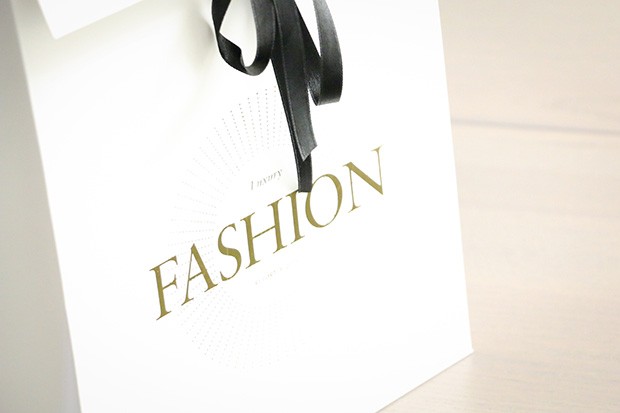
You may associate luxury fashion with pure joie de vivre, finest fabric choice, timeless allure, very special detail- awareness, and cuts sharp as knifes. Precious pieces with a glamorous, endlessly elegant, timeless approach. Luxury fashion cleverly plays with dreams and illusions, expect the unexpected. Worth of mentioning is likewise the fact luxury fashion can be seen as an ode to those that can afford it and can be worn at any age and for any occassion. Those that cannot afford the full look, often pick luxury brands’ cosmetics, jewellery or perfume. Albeit it is also an important economical factor and to analyze the significance of the several luxus brands is a highly interesting task. That is what a new german study observed. When talking about german luxury labels, numerous well- known names, for instance Hugo Boss, JOOP!, Escada or Jil Sander come to our mind. The german luxury market has an estimated value of one billion Euro and Germanys’ purchasing power is immense. Sundry of the most renowned luxus brands Germany has to offer work highly successful on an international level. But what is the secret of success behind those big players? As this study proves, it is not solely about the brand awareness, but rather an emotional relationship with their customers, but we will explain you more about that later on. Needless to mention, we were curiously awaiting to witness those insights.
Read more after the jump:

The Luxury Fashion Report 2016 is a highly interesting 125- page study regarding the characteristics of the german luxury fashion market plus its target groups. It emerged based on a survey of 1000 german consumers of premium- and luxus brands aged 20- 69 years. The focus on its protagonists, the consumers, deserves devotion. This release was recently published by the renowned market research agency Facit Media Efficiency that teamed up with the German brand accosiation (Markenverband) to answer those questions. Completely compelling!
Germanys’ luxury fashion market is dominated by five different consumer types, or, to say it more precisely, their living environment including values characterize their preferences. Exactly those circumstances make the behaviour so utterly unique and special: 15% are focusing on traditional values, whereas 18% can be described as “Style Champions”. Another group the same size are so- called “Simplicity Stars”. 29% of the buyers can be defined as “Fashion Princes”, 20% “Luxus Leaders”. The average customer buys luxury fashion to treat himself. The younger generation emphasizes on status and prestige. Even though online shopping is a big trend these days, traditional boutiques are way out in front of online shops. As most important features, timelessness and a very special detail- awareness, are stated. Now the only question that is left, is: how would you define yourself?
Additionally the study compares the performance of 60 premium and luxury labels. And guess which german traditional brand plays an exceptional role? You may divine it right, Hugo Boss is recognized as the most popular brand among premium and luxury buyers. Another incredibly interesting aspect: the first six positions are occupied by premium labels, with Joop as first luxury label being named afterwards.

Albeit also contemporary trends are observed, for instance digitisation, from sharing economy to sustainability. The study looks at the german luxury fashion sector in its entirety. Moreover it provides the premium- and luxury fashion brands with guidance for their future. You may see it as a signpost for them.
As the study figured out, emotional factors contribute 70% to the buying decision. They say the customer decides in four steps whether he wants to buy a brand or not:
1) First Impression
The consumer notices a first impact of the premium- or luxury brand
2) Flirtation
Buyer and brand get to know each other slightly better. At this point, nothing is decided yet, however the interest is awakened.
3) Passion
It is all about physical and emotional closeness that counts at this point.
4) Loyality
The last phase is the most important one for that brand. In this phase the customer decides whether he wants to stay loyal to a brand or not. Due to Luxury Fashion Report, the labels should try their best at this point to please customers.
Another aspect the study taught us, it is all about values. Usually luxury fashion customers appreciate true values, such as tradition, solidarity, certainty including quality. Friendships and family are values they can rely on in our fast- living times.
Due to Barbara Evans, the CEO of Facit Media Efficiency, what marks a successful label is to understand the needs of its client. According to her insights, the younger generation loves to be the center of interest. Furthermore they love individual products. The price is a main factor for that category. On the other hand, the older generation is rather mindful of quality and production. Therefore, as a brand, you have to focus on your audience.
Thank you very much for introducing us this highly interesting study, we will definitely keep an eye on all further projects.
Article by Sussan Zeck for D’SCENE Magazine
All images by Luxury Fashion Report 2016/ Serviceplan Group



















